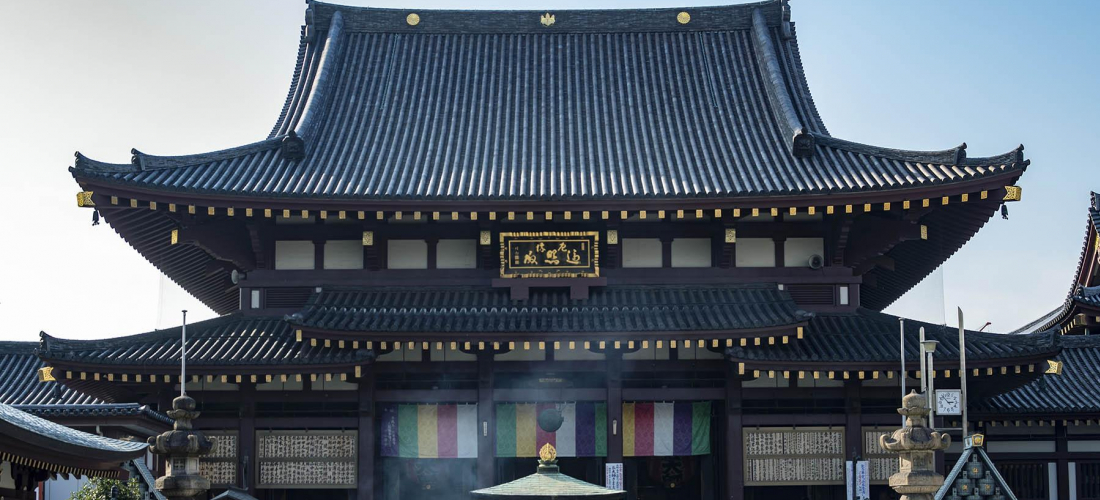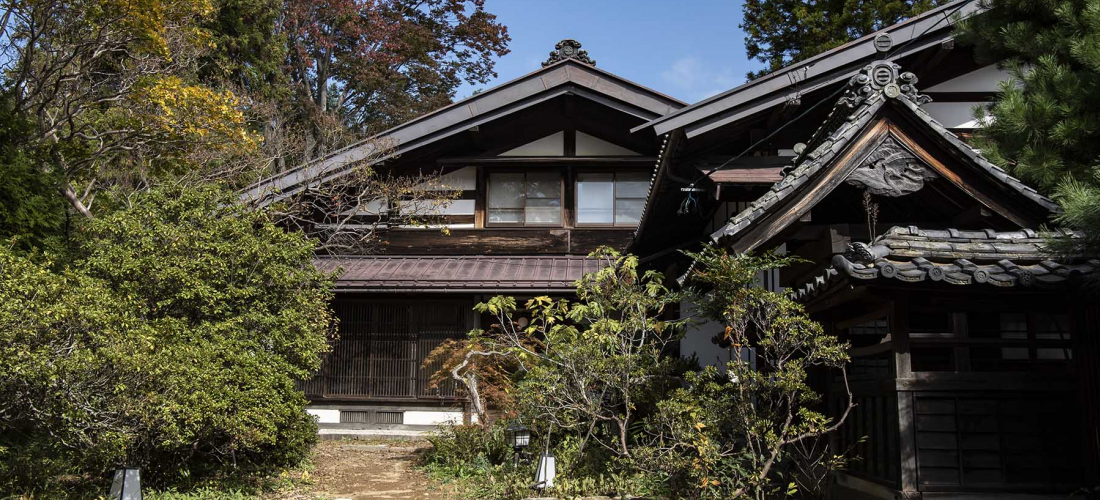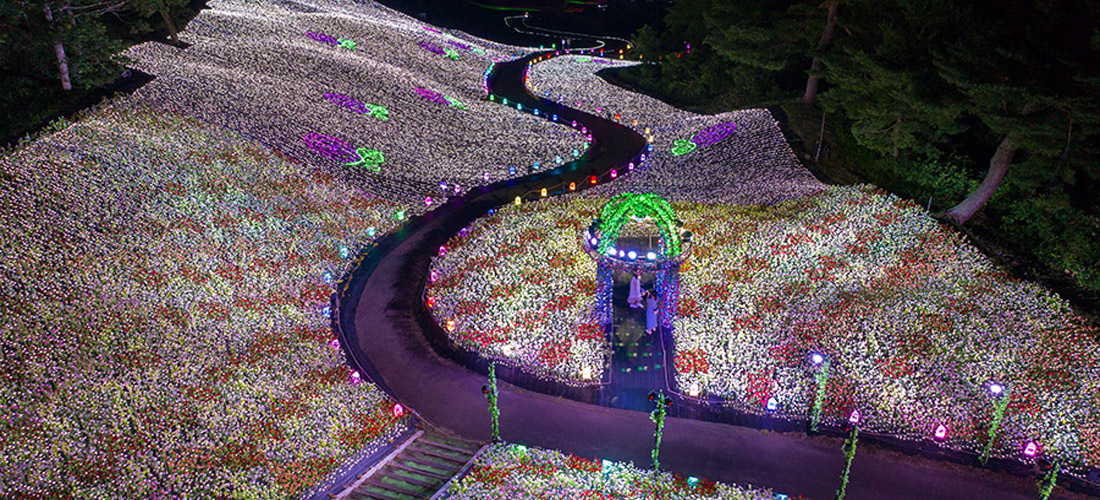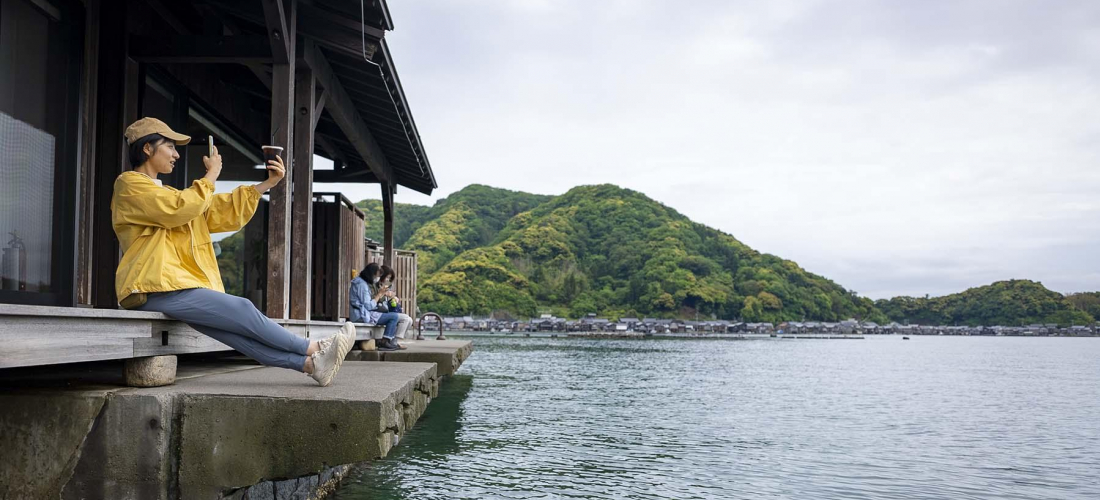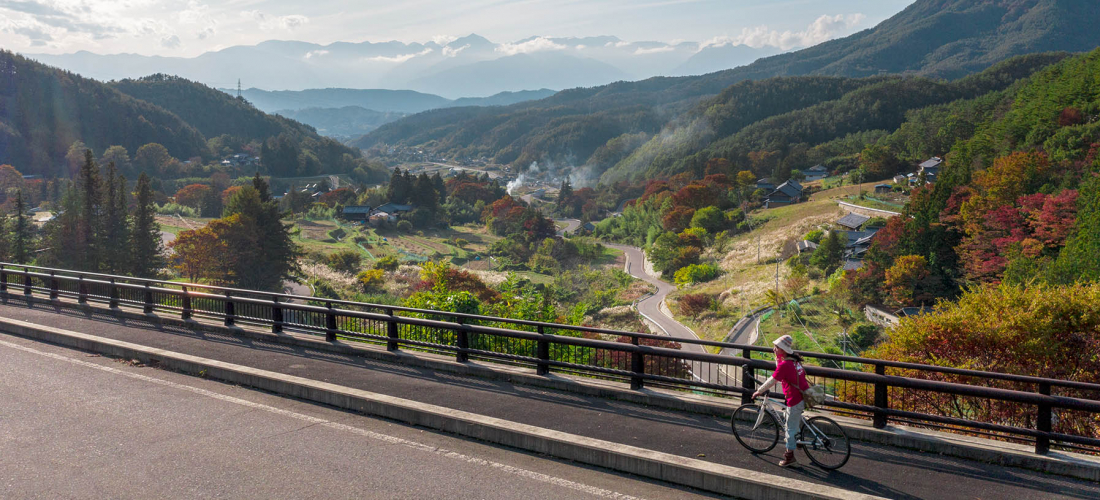
CONTENTS
Kominka houses are the beautiful, old-fashioned Japanese homes that many travelers imagine when they think of Japanese architecture. They often have tatami mat floors or thatched roofs, and long, sturdy beams that run across the length of the house, holding up the roof with the power of one long-felled tree. Kominka are wonderful examples of the cultural treasures produced and preserved by hundreds of years of Japanese history, but most modern citizens tend to go for modern architecture and newly built houses these days, which means that there are fewer and fewer of these old-fashioned homes around every year. That’s why it was such a treat for the JAPANKURU team to travel to Matsumoto City in Nagano this fall, and spend a few days engaging in some agritourism and exploring all the charming nooks and crannies of the picturesque kominka being restored and utilized in the city’s Shiga area.
The Traditional Kominka Houses of Shiga
The Shiga area is just about a world away from the hustle and bustle of Tokyo. That's probably why this small region, blessed with picturesque mountains and large swathes of green, attracts so many big-city dwellers. The Shiga area was formally its own village (we're not talking about Shiga Prefecture!), but it's now a district (called "Shiga-chiku", or 四賀地区) of Matsumoto, a large city in Nagano. Not only is it a popular destination for romantic getaways and trips with friends, it's also a big haven for those looking to escape city living and start anew, closer to nature. Lots of Tokyoites have noticed the rural charms of the area in recent years, making the move to a different kind of lifestyle. For travelers looking for a little piece of Japanese countryside to enjoy, a few nights staying in a kominka guest house, taking in the fresh air and clean water, might be just what the doctor ordered!
To get to Shiga, we took a train to Matsumoto Station, and rented a car from there, which was definitely the easiest way to get around the region. (The Azusa limited express stops conveniently at Matsumoto, but you can also get to the area via Ueda Station, on the Hokuriku shinkansen line). We grabbed rental bikes from near a local train station (there aren't any available right in Shiga – we borrowed ours near Hotaka Station), so we could make the most of the beautiful fall weather. After a 40-minute car ride through quaint countryside villages, we'd arrived!
In an effort to make the most of both the Shiga area's natural resources, and its cultural resources as well, the local community has been working in recent years to restore and revive the kominka homes that have been in Shiga for decades upon decades, and encourage some local agritourism. This fall, we planned our trip around those kominka, taking a look at one house still in the process of renovation, along with others that have already been transformed into cozy guest houses. So come along with us on our trip, and take a look at both the original kominka architecture, and the steps taken to turn the homes into comfortable accommodations!
Kominka ~ Honjin (本陣)
We'd heard a little bit about this kominka before arriving in Shiga, and were pretty excited to take a look at this traditional, century-old mansion. Honjin was still being cleaned up and renovated when we arrived, but even in its current state, it's a breathtaking example of the iconic architecture that makes up a kominka. Plus thanks to its history of belonging to eminent and wealthy local residents, it came with plenty of extra extravagance as well. Honjin once belonged to an Edo era family who were employed at the local stronghold of Hofukujijuku, an old-fashioned inn town.
Even in its current state, right in the middle of repairs and cleaning, the elegant architectural details shine right through. The decoration on and above the shoji doors caught our eyes right off the bat, and we were a little wowed by the long line of multiple rooms that all open up into each other, and then into the front yard. When guests finally come to stay at Honjin (they're planning on a spring 2020 opening), the large spaces of the kominka will turn into four rooms, including 129m² suites, sleeping up to six guests each.
Perhaps the most impressive part of the structure, however, isn't just the expansive floor plan – this building has some height, too! Since kominka are inherently built with wooden frames, they tend to just be one or two floors, but Honjin reaches three stories into the air. At the very center of the main house, you can look up and see right to the third-floor roof, a view we'd recommend to anyone.
Next to the main house, accessible via a small covered path, this Japanese mansion also has a Western-style addition. The room features large windows made with a variety of elegant old glass that simply isn't manufactured anymore in Japan. Unfortunately we got there as the sun was setting, so we can only imagine how the brilliant morning sun might glitter, shining through this priceless textured glass.
We'll just have to come experience it all again during our next visit, when Honjin opens in 2020!
Kominka Honjin (古民家 本陣小澤家)
246 Hofukujimachi, Matsumoto, Nagano
Opening Spring 2020
Official Website (jp)
Kominka ~ Sabou Shiga (sabouしが)
When we got to Sabou Shiga, we saw the magic of the kominka renovations going on in the Shiga area, and how the bones of a stately old Japanese house can be used and turned into an enchanting little enclave in the Nagano countryside. As soon as we walked into Sabou Shiga, we were warmly welcomed by the cheery proprietor, and got right into chatting about the building. Cozy and relaxed by the kominka's wood-burning stove, we admired the vast wooden beams supporting the ceiling and discussed the frankly impressive and eclectic music collection that lives in the building. In the center of the house, Sabou Shiga has everything from a record player (for the vinyl in the collection), to bluetooth speakers (for playing your own tunes), so you can keep the music going for as long as you want.
When it comes to staying the night, Sabou Shiga has a spacious Japanese style room with space for four Japanese futons, along with a second-floor loft that has a Western-style bed. We spread ourselves out among the spaces, and all woke up feeling refreshed and well-rested.
One distinguishing feature of Sabou Shiga is actually the food. It's not just a guest house – your stay can include a decadent dinner, and an equally delicious (but less voluminous) Japanese breakfast, cooked by the friendly staff.
When the building isn't being used as a "kominka auberge" (a guest house), they actually open as a reservation-only bistro, so the chefs are experienced pros. By the end of the meal we were dazzled by the delicious flavors of the local ingredients, and totally stuffed from the many courses that included pumpkin soup, grilled salmon and mushrooms, soba noodles (a Nagano specialty), and roast apples topped with ice cream and buckwheat seeds (which add a fun, surprising little crunch)!
Sabou Shiga (sabouしが)
448 Tononoiri, Matsumoto, Nagano
Phone: 0263-55-7503
Official Website (jp), Reservations (jp)
Kominka ~ Satoyama villa DEN
Satoyama villa DEN is actually closer to Matsumoto Station, outside of the Shiga area, but our stay in this kominka guesthouse was a great chance to see the different ways traditional old architecture can be transformed into modern accommodations. From the outside, the structure of DEN looked like a majestic old Japanese home. Inside, the rooms were a mix of sleek modern design and high-end Japanese-style guest rooms (no doubt influenced by the nearby luxury ryokan run by the same owners). Altogether, the rooms sleep up to 16, and rental is a flat fee, so bring along plenty of friends to enjoy the luxury together!
Instead of providing cooked meals, DEN instead includes a fully-outfitted modern kitchen, with the gardens and fields surrounding the house full of produce that you're free to pick or dig up, and use as part of your own meals. Plus, they've built spaces in the fields to cook food over a campfire, or just relax in the sun or under the stars. If you want to truly take advantage of the facilities, you can pick some turnips and carrots to roast over the fire and eat with dinner, before grabbing a few persimmons for dessert. Then, when you wake up in the morning, cut a few sprigs from the herb garden for a delicious cup of herbal tea (the staff at Satoyama villa DEN recommend a mix of mint, lemon balm, and lavender).
Satoyama villa DEN
5471 Nakayama, Matsumoto, Nagano
Phone: 0263-31-2301
Official Website (jp)
Shiga’s Culinary Options
Cafe Coudo ~ A Kominka Pizza Cafe
Head to Cafe Coudo to keep the kominka theme going through lunch – this pizzeria cafe is also inside a renovated kominka, which means the seating areas are spread throughout a series of different rooms, all with slightly different decor. Some rooms look like they could have been pulled straight from a European cottage, while others have guests seated in Japanese floor chairs on tatami mats. No matter where you sit, though, the fresh-baked brick oven pizza will be equally delicious.
Cafe Coudo
7768 Nakagawa, Matsumoto, Nagano
Open Friday, Saturday, Sunday, and Public Holidays
11:00 – 17:00
Official Website (jp)
Hosobara Soba ~ Nagano Soba and Matsutake Mushrooms
Another local restaurant doing business out of an old Japanese home (this one 140 years old), this soba shop is run by one older Japanese woman on a strictly reservation-only basis. You can consult the chef about the food before you arrive, but once you're there there's only one thing on the menu: a set course meal that she decides! It's real home cooking. We got freshly cut soba noodles, local vegetables in a Japanese stew, and even a taste of a Japanese delicacy the area is famous for: an aromatic matsutake mushroom rice. We were also impressed by the shop's homemade matsutake shochu. The mushroom-filled alcohol had taken on a distinct flavor that made it almost reminiscent of whiskey.
Hosobara Soba (ほそばら)
3361 Aida, Matsumoto, Nagano
Reservation Only
Phone: 0263-64-2317
Website (jp)
Touring the Shiga Area with the Shiga ni Kimasho Cialthon
Shiga’s “Social Marathon”
While our ultimate motive was to see the kominka of Shiga, we had great timing, arriving in the area for the very first edition of what will hopefully be a yearly event: the Shiga ni Kimasho Cialthon (四賀にきましょシャルソン). Cialthon is short for "social marathon," which is an event much less about running long distances, and more about exploring the local area at your own pace, while you share your experiences with other participants via social media. It was the perfect chance for us to see more of Shiga!
But first things first, we gathered with the rest of the social marathoners at a market featuring the area's famous wooden furniture and local artisan goods, browsing the merchandise before the official start of the event. Then it was time to go!
Tokoji Temple (洞光寺)
The first stop on our sightseeing tour of Shiga? Tokoji Temple, which is not only a lovely compound of buildings full of Buddhist imagery, but also a place perfect for participating in age-old traditions. Before we set out on the rest of our day's adventure, we spent a moment centering ourselves in a meditation workshop. Then, we each copied over a portion of prayer calligraphy, similar to what we did when we visited Aizu recently, except this time our lines went right beside the writing of dozens of other temple visitors, coming together to form the full prayer.
Tokoji Temple (洞光寺)
692 Kariyaharamachi, Matsumoto, Nagano
Official Website (jp)
Iwaido (岩井堂) & Shiga Canyon
Hike up a rocky little hillside off of one of Shiga's many mountain roads, and you'll find the interesting Iwaido Temple area. In one direction, we saw some beautiful old Buddhist statues, built right into the earth of the mountain next to the small temple. Walking down a path the other way, we found a shockingly spectacular scene that almost looked like a little chunk of the Grand Canyon had been transported to the Shiga mountainside. That's probably why it's earned the funny local nickname of "Shiga Canyon"!
Iwaido Temple (岩井堂)/"Shiga Canyon"
Aida, Matsumoto, Nagano
Shiga Fossil Museum (四賀化石館)
If you know how fossils are often found, after seeing the layered rock of Shiga Canyon it may not surprise you that Shiga is actually the source of some pretty impressive fossil specimens. Since this part of Japan was under the sea some 13 million years ago, it's a hotspot for marine fossils, and the Shiga Fossil Museum shows off some of the best ones. The main attraction? Brygmophyseter shigenses, an ancient whale! This is one of only a couple ancient whale skeletons in the world that have been preserved intact like this, and this particular whale was actually found buried in a riverbed by a local elementary student! The museum displays it below a model of a modern whale skeleton, and it's fascinating to compare the two.
Matsumoto City Shiga Fossil Museum (松本市四賀化石館)
85-1 Nanaarashi, Matsumoto, Nagano
Hours: 9:00 – 17:00 (last entry 16:30), closed Mondays
Admission: Adults 310 yen, Children 150 yen
Official Website (jp), Visit Matsumoto Page (en)
Hofukuji Temple (保福寺)
The main hall of Hofukuji Temple is a beautiful building with striking roof decorations, but we were even more charmed by the stairs leading up the hillside from the temple gate. The 88 steps take a bit of effort to climb, but it's worth it in the end: local legend says that if you climb all the way to the top, an extra year gets added to your life!
Hofukuji Temple (保福寺)
727-4 Hofukujimachi, Matsumoto, Nagano
Terraced Rice Paddies (棚田)
This being the Japanese countryside, there are of course rice paddies in every direction. But many of the fields in Shiga are terraced to contend with the slant of the mountainsides, which makes them extra scenic. If you rent bikes before arriving in Shiga like we did, we whole-heartedly recommend a bike ride down the hill, speeding past the paddies.
Terraced Rice Paddies
614 Hofukujimachi, Matsumoto, Nagano
Kodenji Temple (廣田寺)
We'd already noticed this when visiting our first couple of temples in Shiga, but the area is a really great place to see old Buddhist imagery surrounded by the Japanese countryside, which makes for a stunning view. At Kodenji, the way between the gate and the main hall is lined with dozens of small Kannon images, each a couple feet tall, and each a different deity with a slightly different face and pose. The short path was a lovely, calming sight, and just the kind of thing we were looking for in rural Japan.
Kodenji Temple (廣田寺)
566 Aida, Matsumoto, Nagano
The Fujiike Hundred Kannon (藤池の百体観音)
For a similar sight that will get your blood pumping a little more, the hundred Kannon statues of Fujiike is a collection of Buddhist Kannon images at the top of a hill, in the middle of a panoramic woodland area. Although the spot is called the "hundred Kannon," there are actually 103 of the images, again each a little bit different. The site is reachable via a short hike, up quite a few stairs, and it's actually quite close to the pizzeria Cafe Coudo we mentioned above. The forest hike might be the perfect thing to revive you post-lunch!
The Fujiike Hundred Kannon (藤池の百体観音)
7887 Nakagawa, Matsumoto, Nagano
The Yokokawa Giant Ginkgo Tree (横川の大イチョウ)
Finally, the last stop on our whirlwind tour of the Shiga area: quite possibly the biggest ginkgo tree we've ever seen! There are plenty of ginkgo trees in Japan, but the unique stature of this one makes it an icon and landmark for locals, especially when the leaves turn yellow in the fall. The normally green tree transforms into a 25m tall, brightly golden symbol of the season, and biking past it gives you a great view of the valley below as well!
The Yokokawa Giant Ginkgo Tree (横川の大イチョウ)
Nakagawa, Matsumoto, Nagano
Finishing Our Cialthon, and Our Trip to the Shiga Area
Sweet success! We had a great time exploring so much of the Shiga area of Matsumoto, and even got to see what everyone else had been up to, as well, when we checked the facebook event page.
Our Tour is Over, But We’ll Be Back Soon!
Between our stays in the relaxing guest houses inside Japanese kominka, and our invigorating day of adventure with the Shiga Cialthon, we had a pretty amazing time seeing this unique part of the Japanese countryside from all kinds of angles. If you're looking for a place to experience traditional Japan, to admire the beauty of its old fashioned architecture and feel the friendly, communal spirit of rural Japan, the Shiga area of Matsumoto is an obvious choice. It's a pity we couldn't have stayed even longer, but we know for sure: when the kominka guest house opens in Honjin in 2020, we'll be back for another kominka tour of Shiga, no question!
Have you been to the Shiga area before? Have we inspired you to start planning your itinerary now? See a little more of our trip in the video below, and let us know about your own experience on twitter, instagram, and facebook!
Details
NAME:The Shiga, Matsumoto City Kominka Restoration Project
MAP
ACCESS:Matsumoto Station (on the Azusa Express Line) / Ueda Station (on the Hokuriku Shinkansen line)
https://www.facebook.com/kominka.renovation.project.in.shiga.area/
CONTACT TEL:0263-64-3111





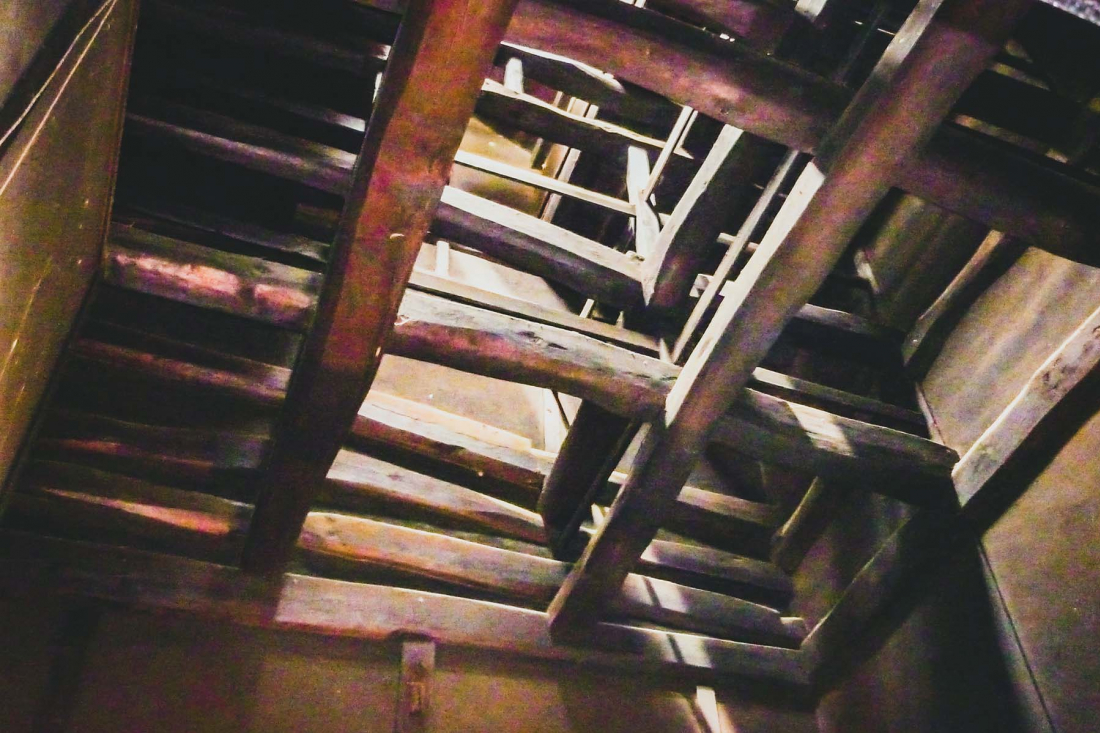
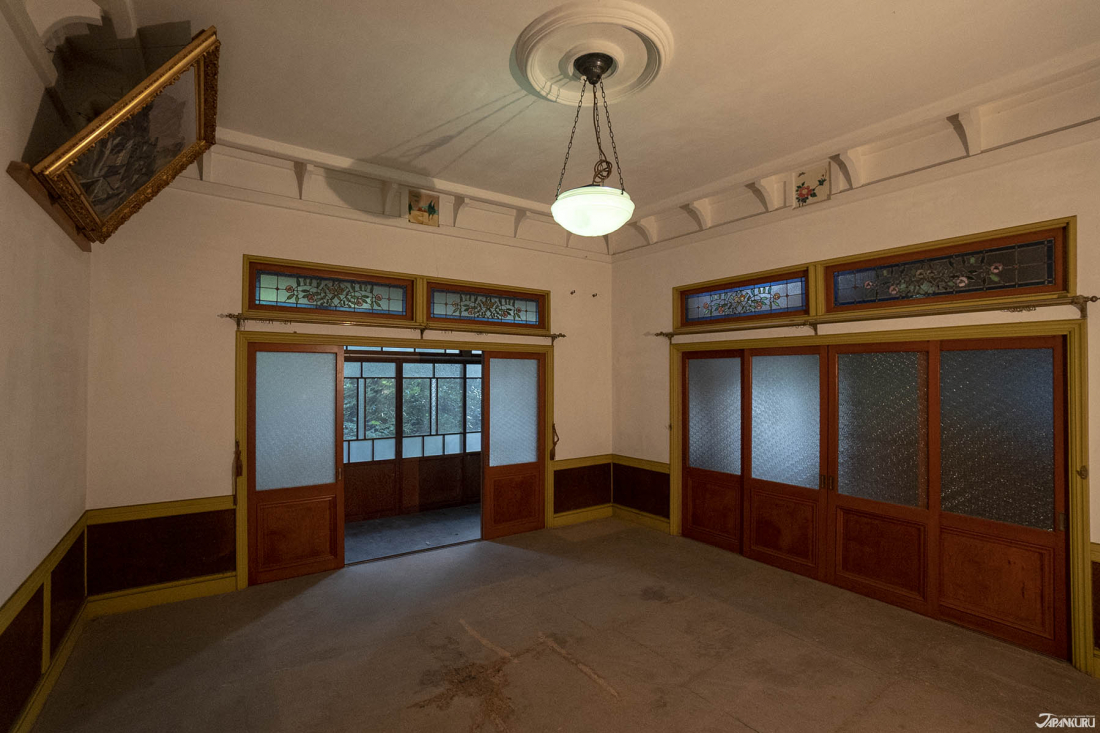
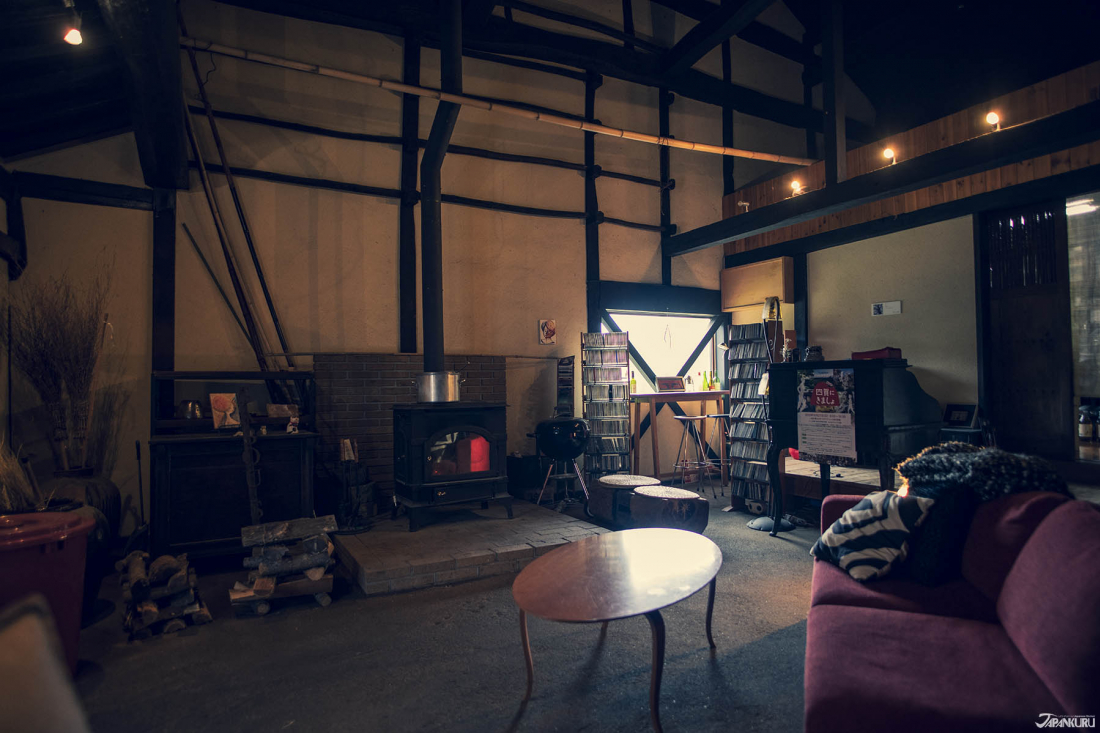

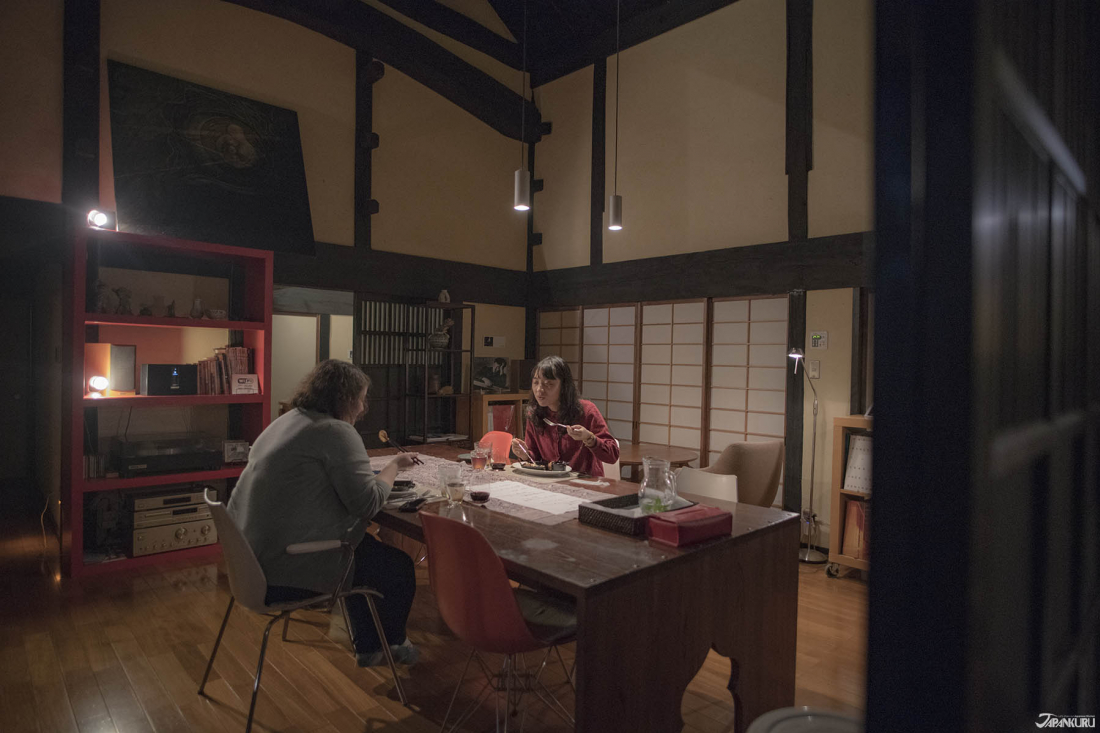
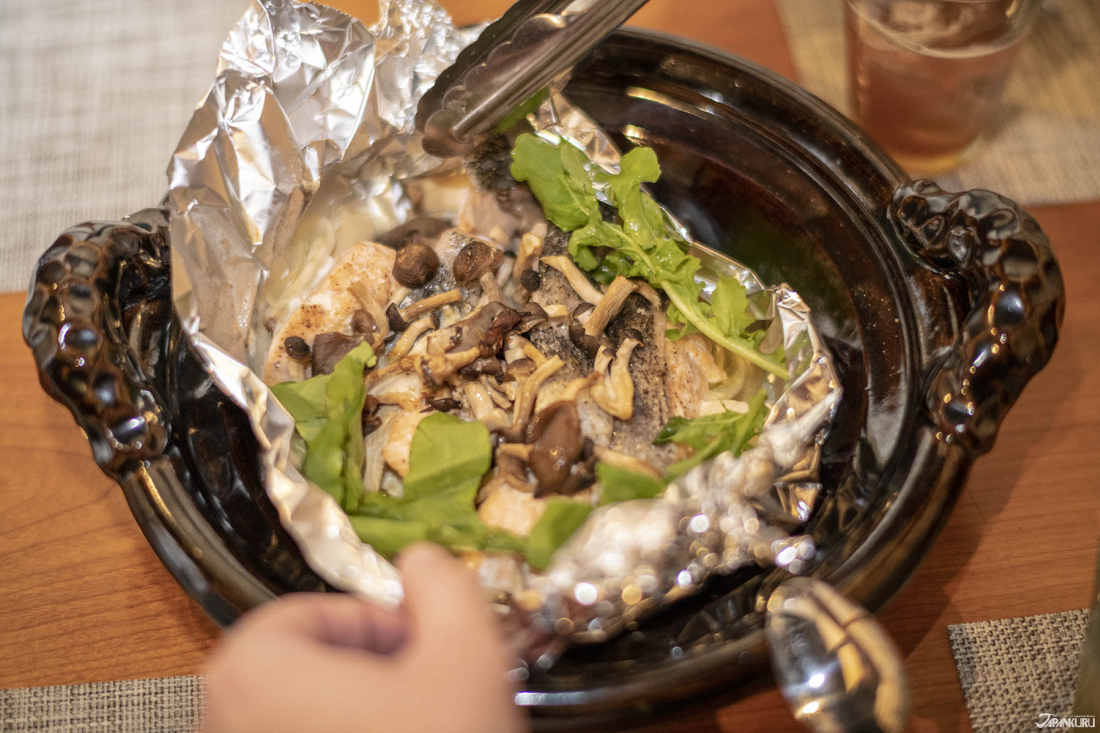
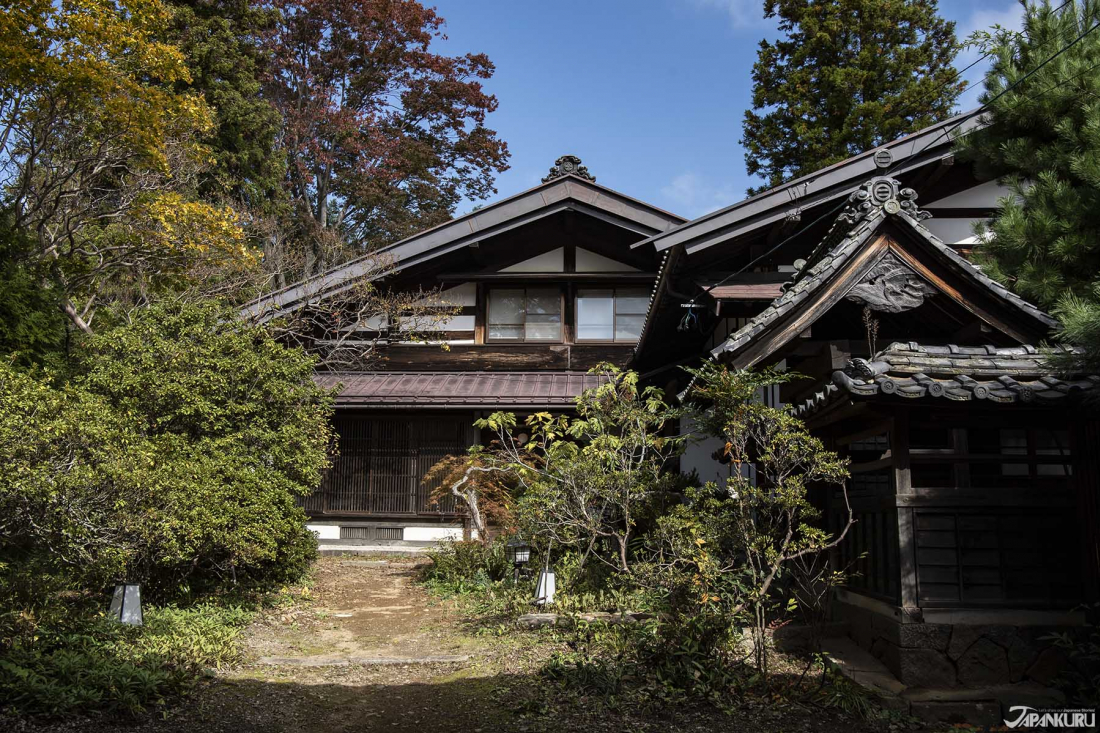
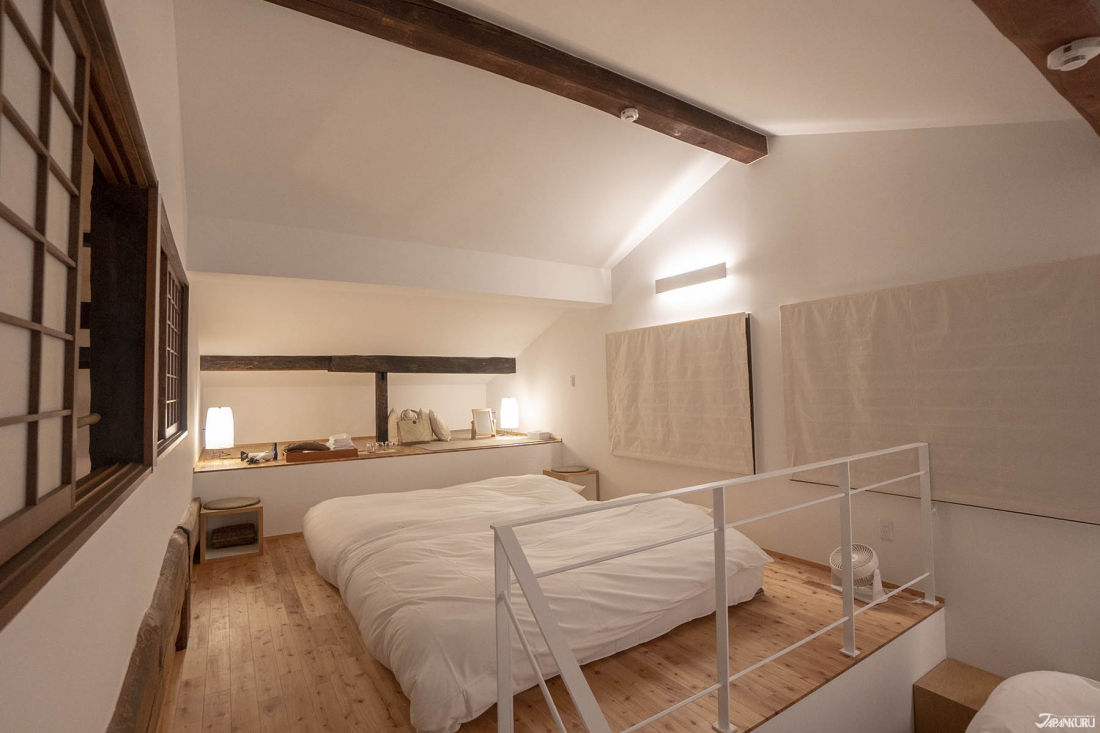
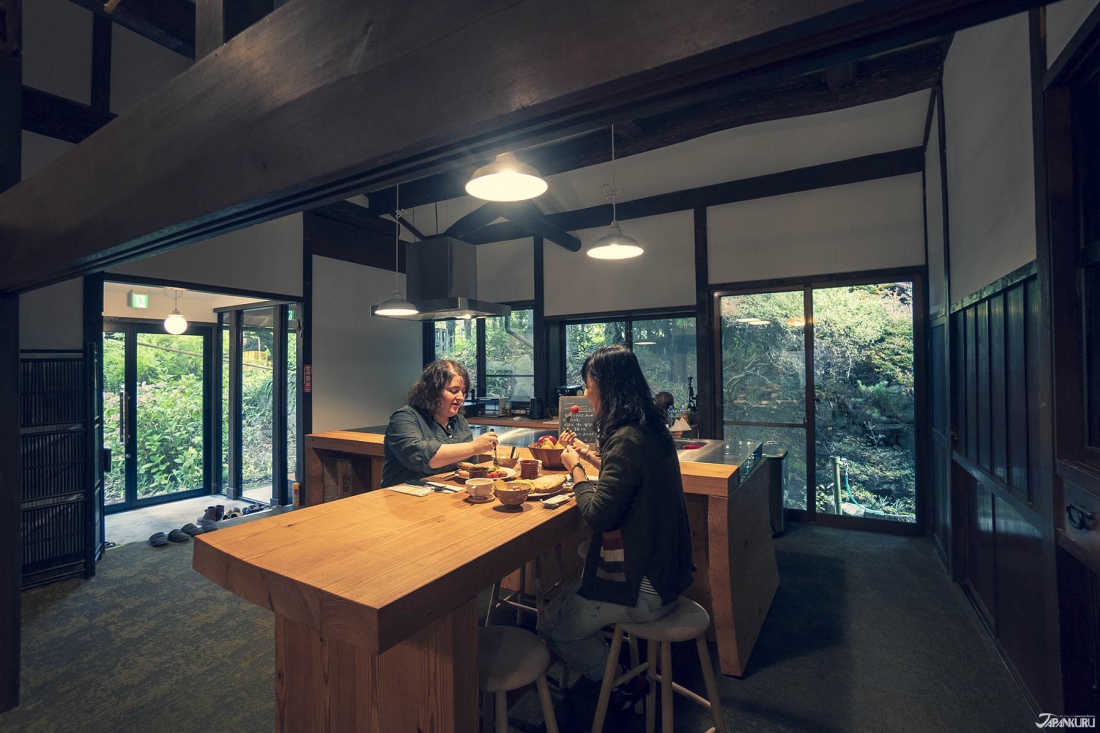
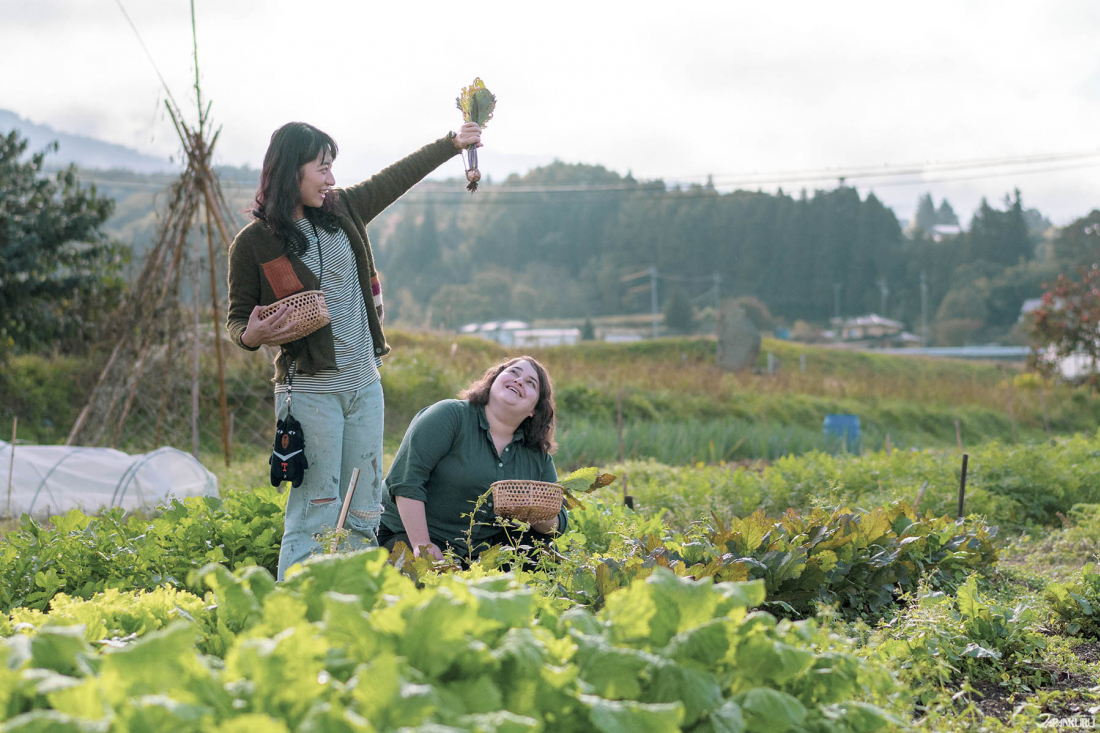




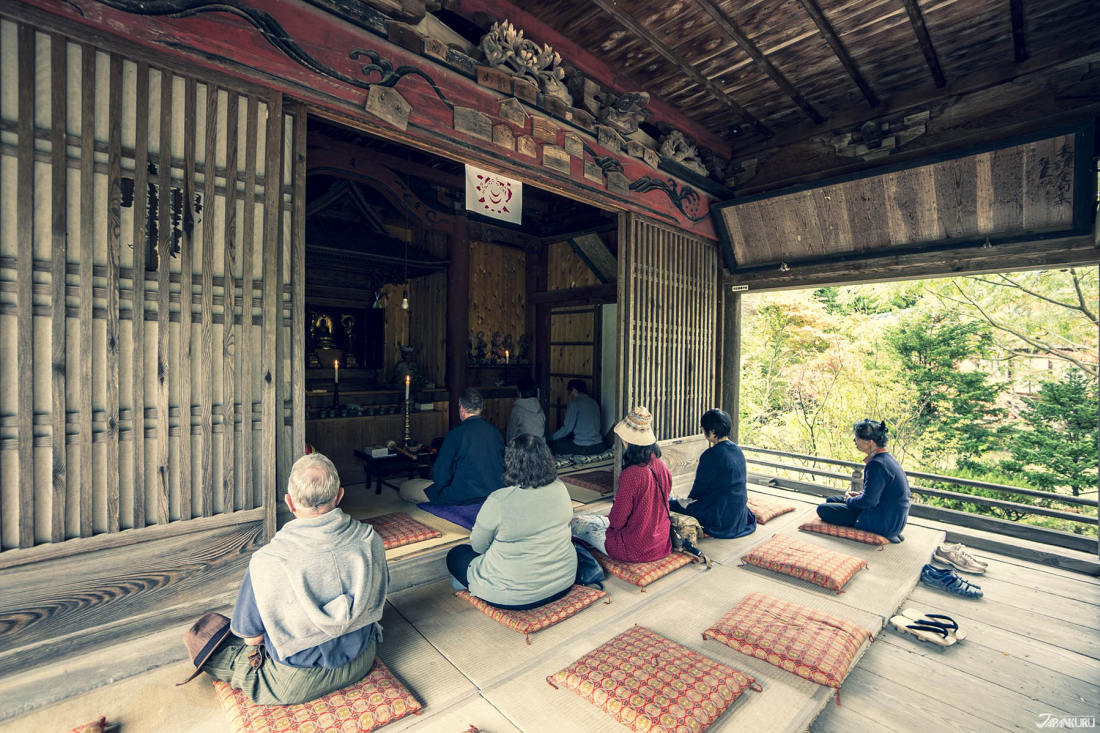

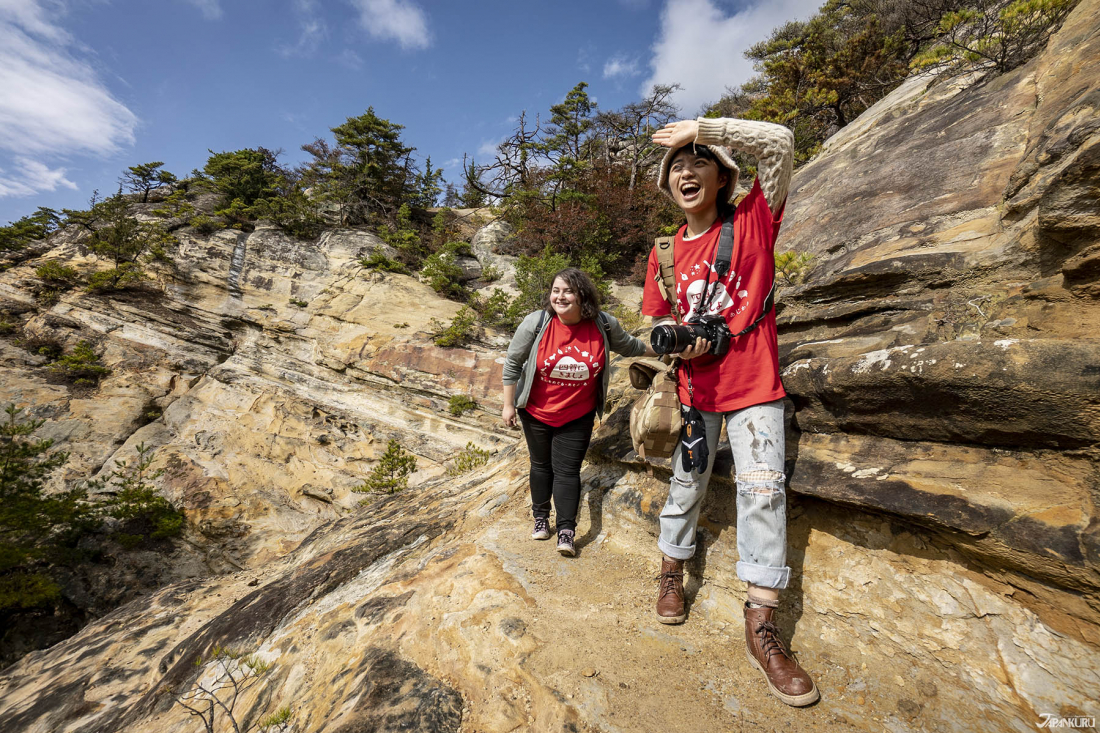
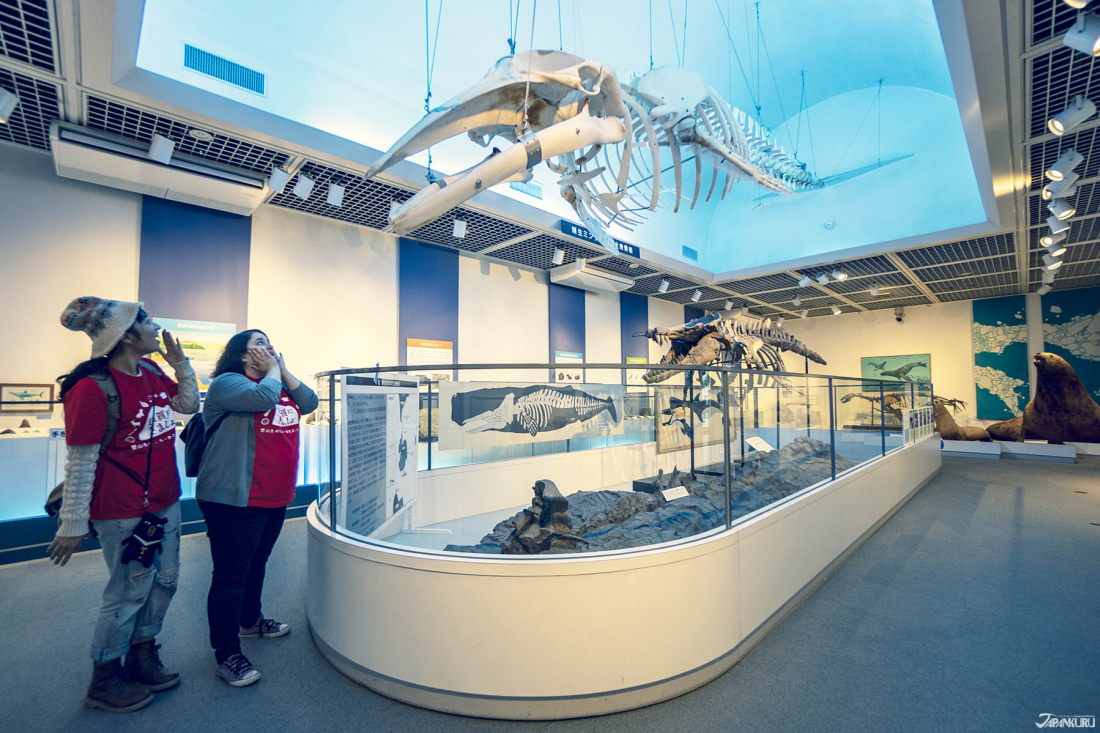
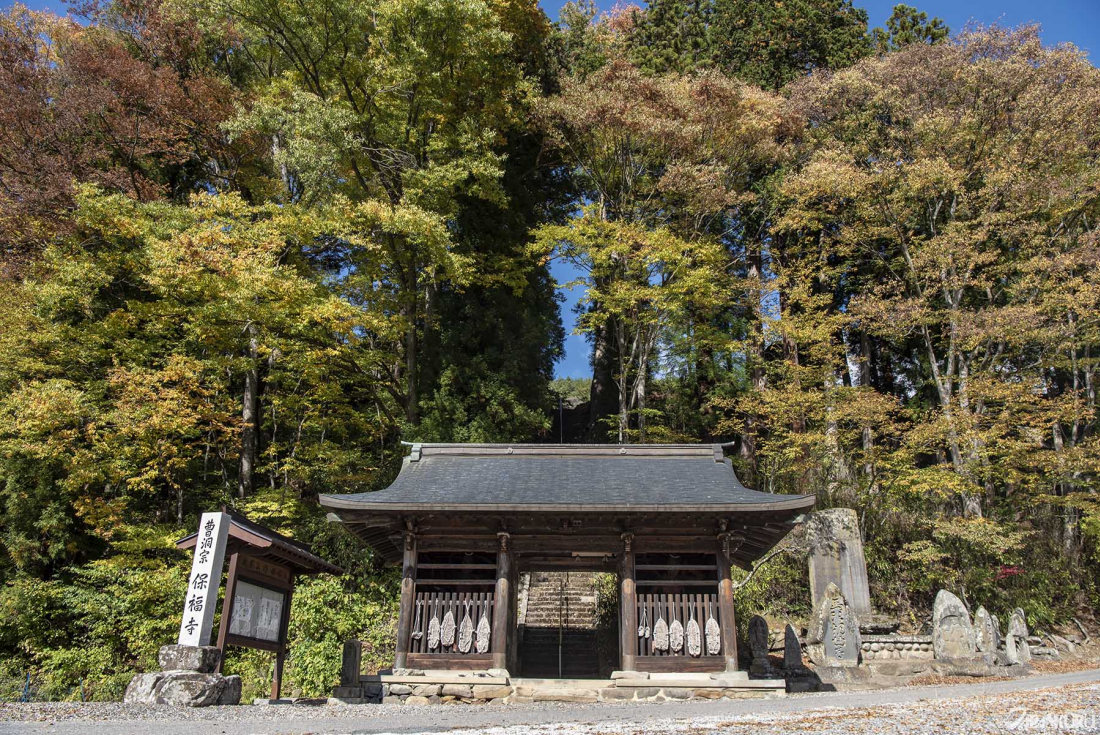
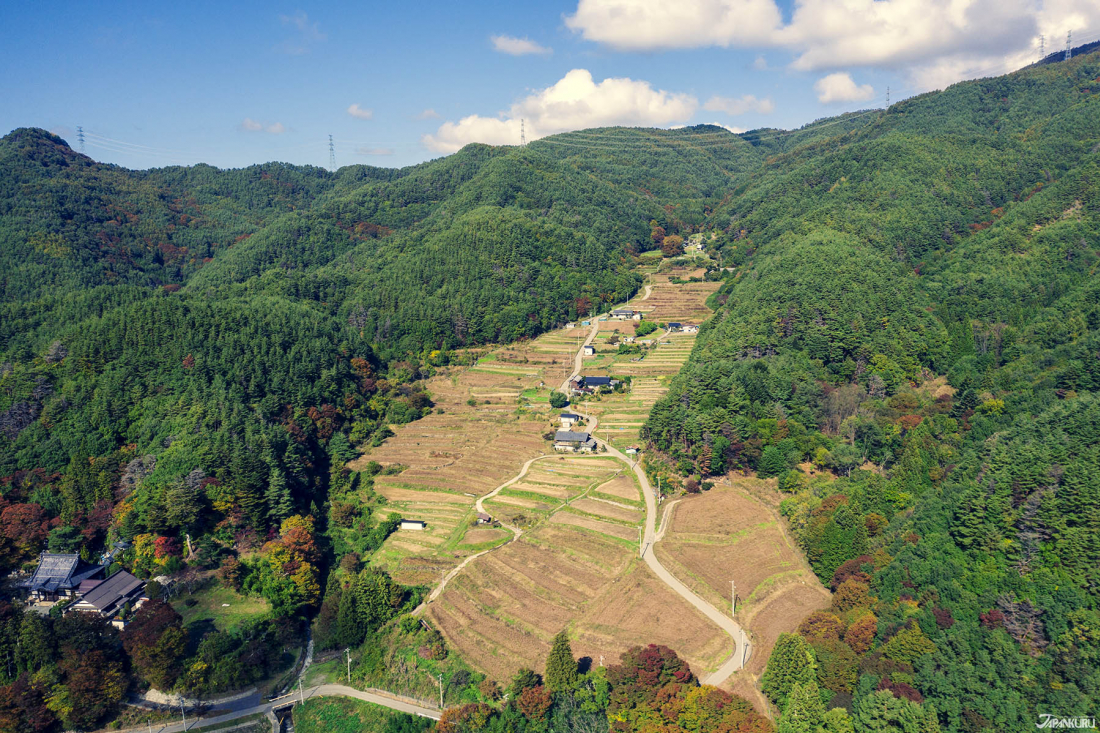

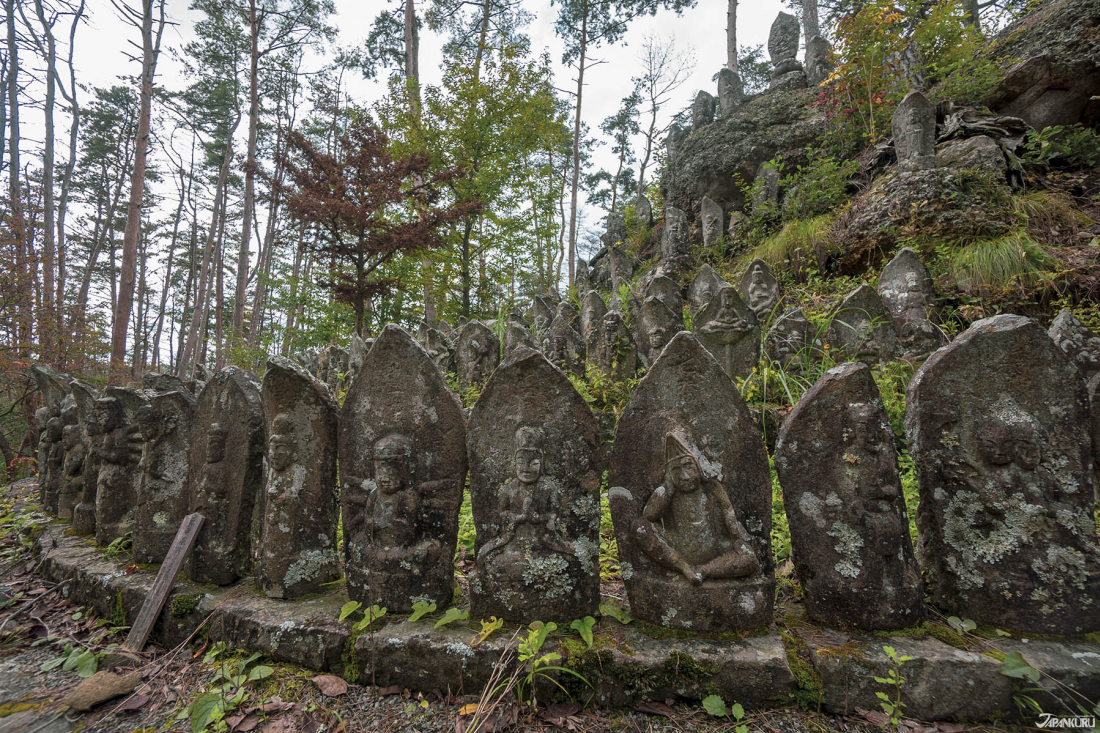
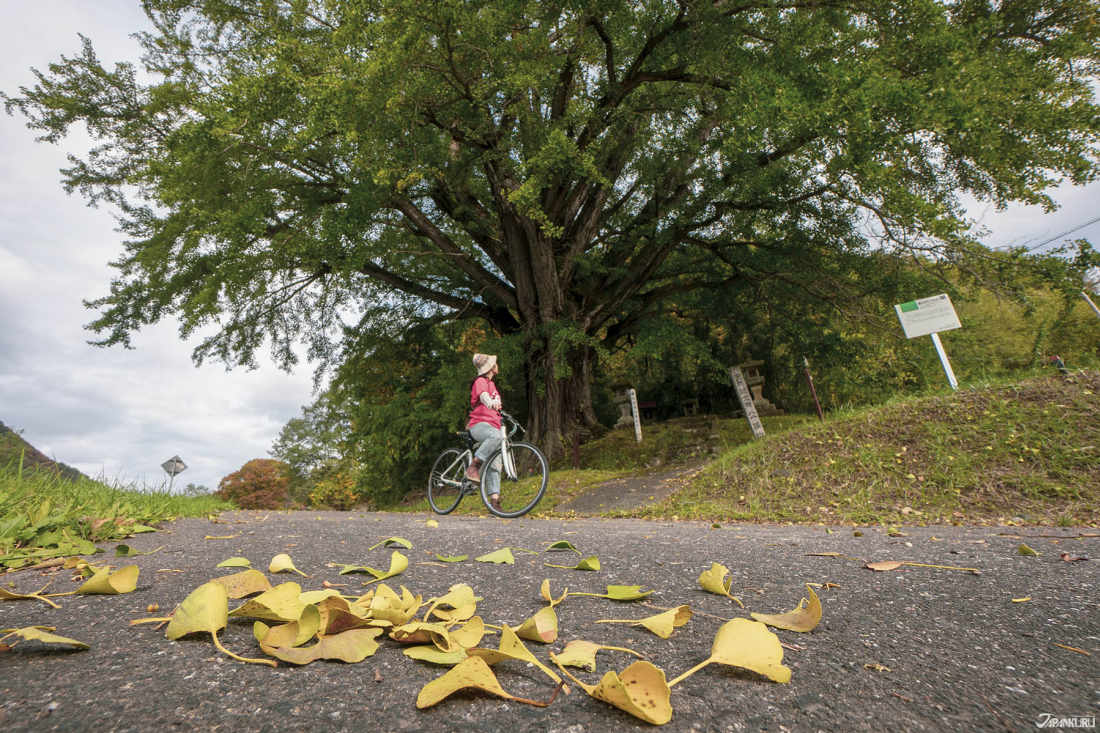

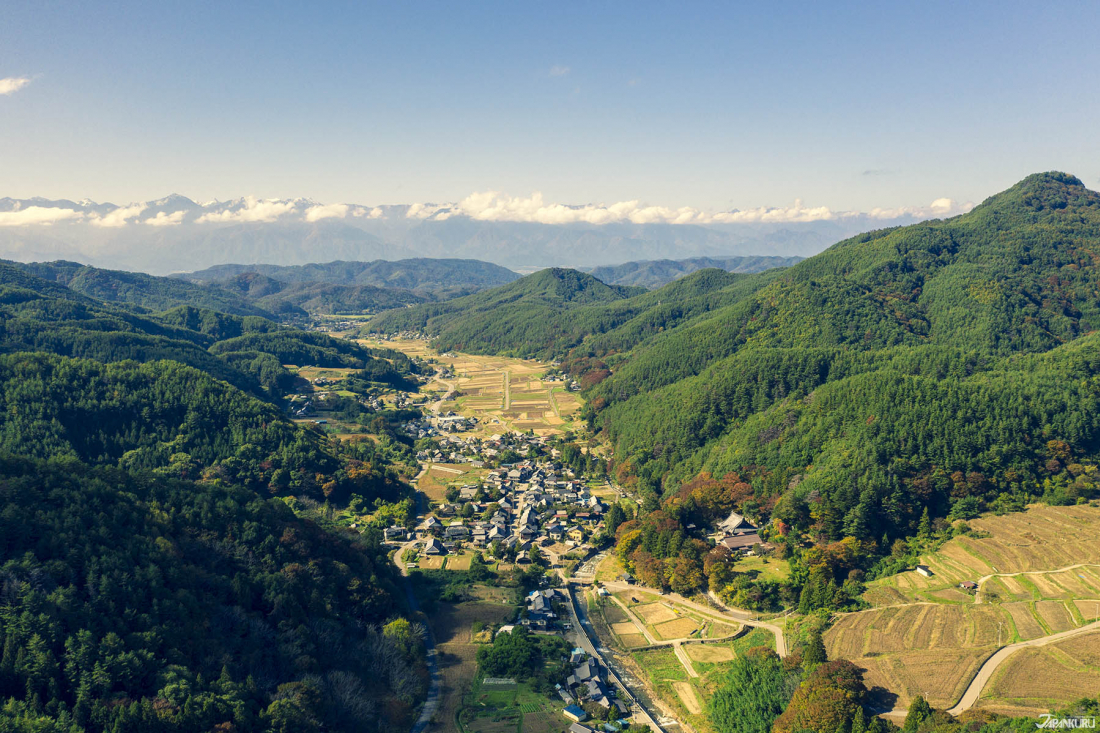




 >> Find out more at Japankuru.com! (link in bio)
#
>> Find out more at Japankuru.com! (link in bio)
#





 The Robot Restaurant is gone, but the Samurai Restaurant is here to take its place. Check it out, and don't forget your coupon!
The Robot Restaurant is gone, but the Samurai Restaurant is here to take its place. Check it out, and don't forget your coupon!
 신주쿠의 명소 로봇 레스토랑이 사무라이 레스토랑으로 부활! 절찬 쿠폰 발급중
신주쿠의 명소 로봇 레스토랑이 사무라이 레스토랑으로 부활! 절찬 쿠폰 발급중
 18歲以上才能入場的歌舞秀,和你想的不一樣!拿好優惠券去看看~
#tokyo #shinjuku #samurairestaurant #robotrestaurant #tokyotrip #도쿄여행 #신주쿠 #사무라이레스토랑 #이색체험 #할인이벤트 #歌舞伎町 #東京景點 #武士餐廳 #日本表演 #日本文化體驗 #japankuru #japantrip #japantravel #japanlovers #japan_of_insta
18歲以上才能入場的歌舞秀,和你想的不一樣!拿好優惠券去看看~
#tokyo #shinjuku #samurairestaurant #robotrestaurant #tokyotrip #도쿄여행 #신주쿠 #사무라이레스토랑 #이색체험 #할인이벤트 #歌舞伎町 #東京景點 #武士餐廳 #日本表演 #日本文化體驗 #japankuru #japantrip #japantravel #japanlovers #japan_of_insta
 코지마 x 빅 카메라 쿠폰으로 일본 가전 제품 쇼핑하기
#pr #japankuru #japanshopping #kojima #biccamera #japaneseskincare #yaman #dji #osmopocket3 #skincaredevice #日本購物 #美容儀 #相機 #雅萌 #日本家電 #일본여행 #면세 #여행꿀팁 #일본쇼핑리스트 #쿠폰 #일본쇼핑 #일본브랜드 #할인 #코지마 #빅카메라 #japankurucoupon
코지마 x 빅 카메라 쿠폰으로 일본 가전 제품 쇼핑하기
#pr #japankuru #japanshopping #kojima #biccamera #japaneseskincare #yaman #dji #osmopocket3 #skincaredevice #日本購物 #美容儀 #相機 #雅萌 #日本家電 #일본여행 #면세 #여행꿀팁 #일본쇼핑리스트 #쿠폰 #일본쇼핑 #일본브랜드 #할인 #코지마 #빅카메라 #japankurucoupon





























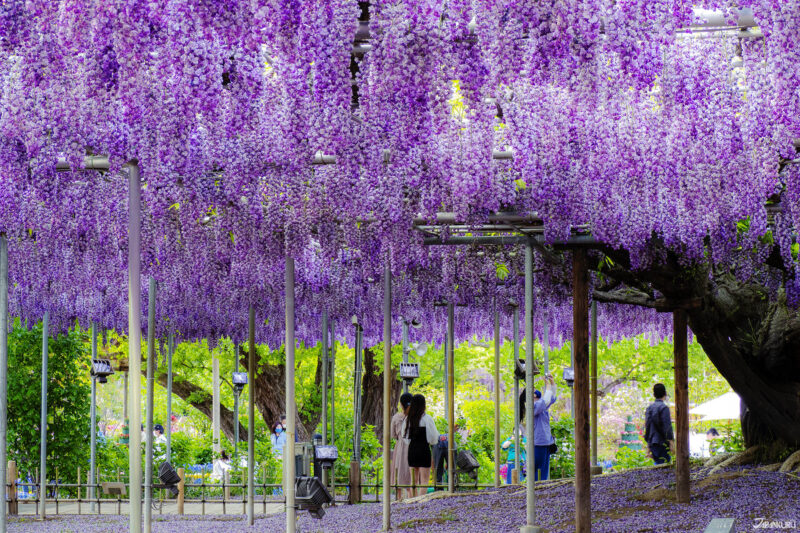
 Golden Week Events in Japan 2025 | A Guide for First-Time Travelers in Japan
Golden Week Events in Japan 2025 | A Guide for First-Time Travelers in Japan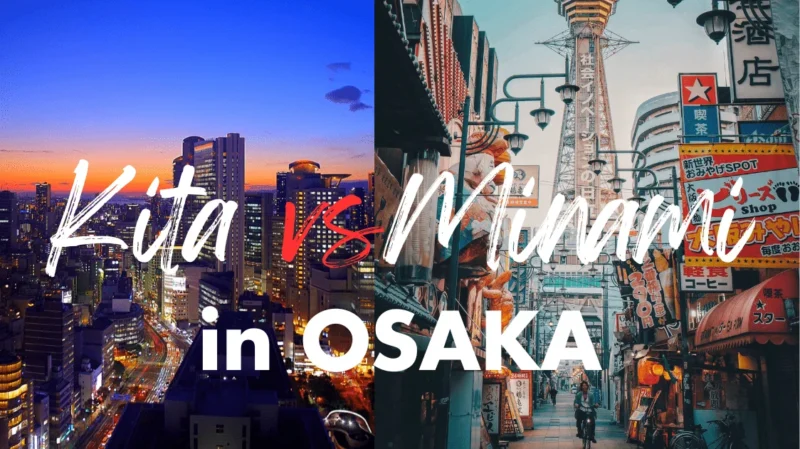



 Oita Hello Kitty Airport
Oita Hello Kitty Airport  Lands April 13th
Lands April 13th







